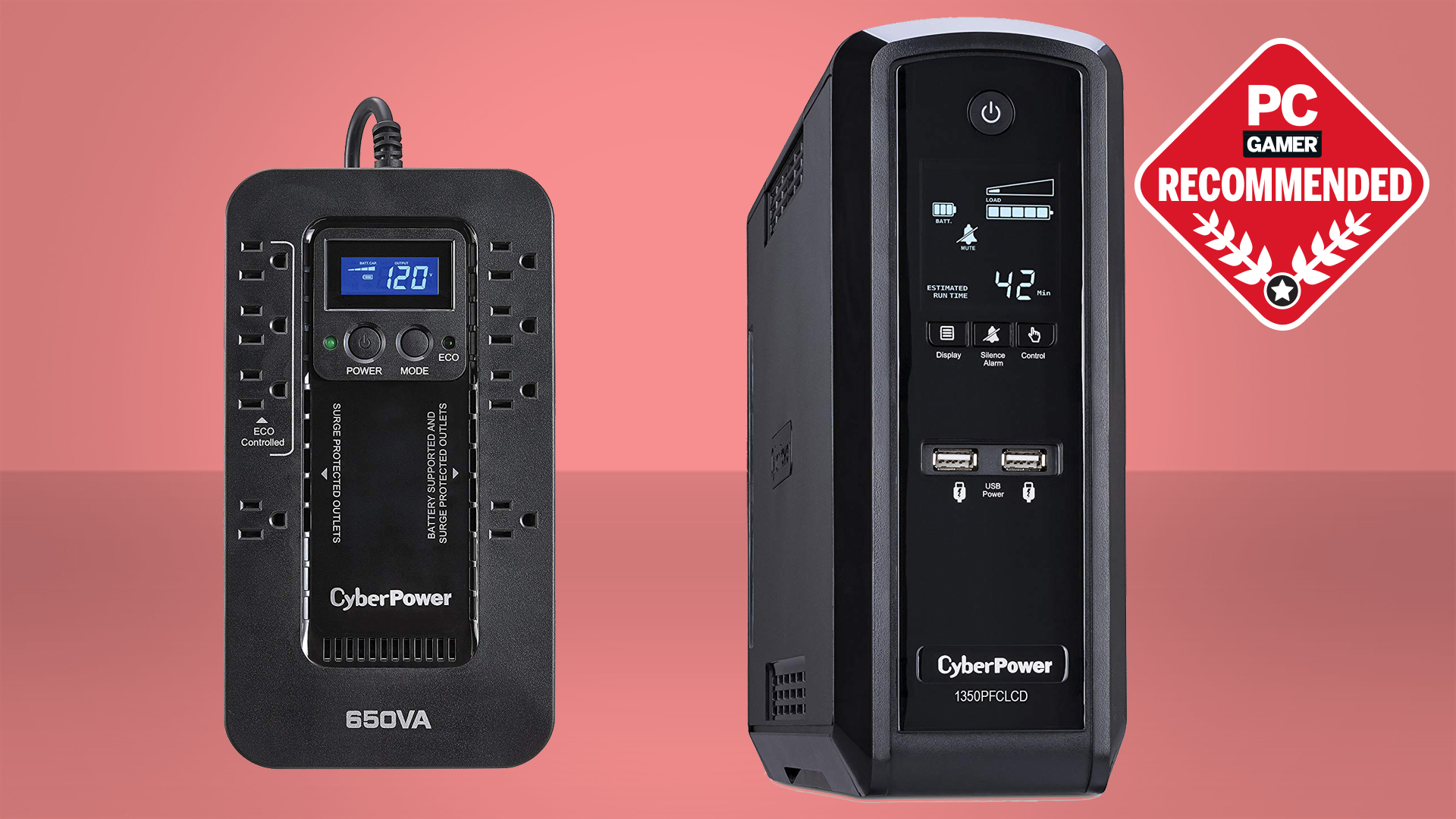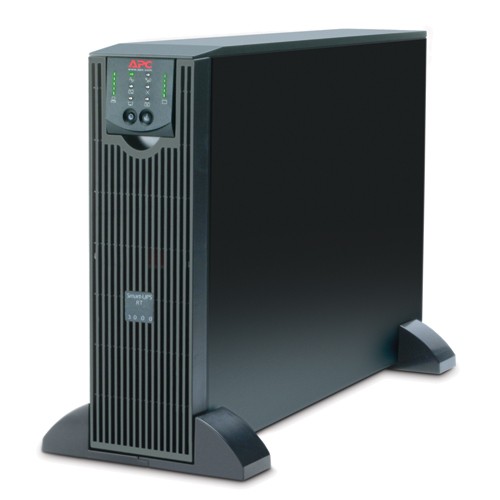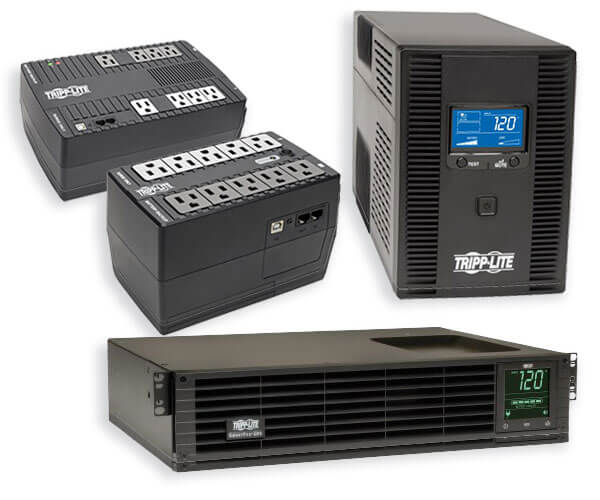UPS POWER SUPPLY: An Easy Explanation of What Are UPS Types and Their Applicability in The Businesses.

Though the reliability of national grids of many countries has been improved to a considerable extent, particularly in the developed countries, any disruption due to voltage dips, voltage surges, harmonics, power outages due to some emergencies or voltage spikes could have potentially disastrous consequences for the businesses. Serious harm to electrical equipment, destruction of sensitive information, disruption in vital industrial processes, or other consequences are some nightmarish scenarios for every manager. Uninterruptible Power Supply or UPS Power Supply has been designed to keep the system running long enough until utilities or generators come online. The integrated UPS system ensures the regulated sinusoidal output voltage, lesser total harmonics distortion, and high-input power factor which makes sure that the system continues to access uninterruptedly reliable good quality for effective management of sensitive load.
In view of the self-evident importance of UPS power in industrial processing applications, medical facilities, telecommunication, databases, and other fields, it is important to understand different UPS technologies and their distinct applications for particular business purposes. There are three types of UPS technologies:
I. Double Conversions UPS:
Double Conversion UPS offers uniform, good quality, and constant supply to your electrical equipment. If you are engaged in database management, hospitals, communicational networks, manufacturing facilities, or any other field where heavy reliance on the uninterruptible and uninterrupted power supply is crucial, double conversion UPS should be your best bet. These are known as “double conversion” because they convert power twice. First, they convert incoming AC power into DC by using rectifiers and then re-convert DC power to AC to feed connected equipment and batteries. The whole process of double conversion is carried out to smooth out raw power fluctuations resulting from brownouts (drops in voltage). Line Noise, voltage transient, and power outage.

The double Conversion UPS system offers many advantages :
- This type of UPS system provides the highest level of security and isolation of your connected equipment and thus protects them from irregularities in the main supply.
- Their time for switching modes is minimum, virtually none in fact because the main AC failure does not trigger any transfer switch. Their backup batteries are charged by the main AC input which in return power the output inverter and connected devices.
- All sensitive and critical IT infrastructure required for carrying out automated tasks like server rooms and data centers are equipped with double conversion UPS systems. If UPS size is not enough to run servers, they are at least good at providing enough power for soft system shutdown that in return helps avoidance of data loss and smooth restart.
II- Line Interactive UPS Systems:
In those areas where power outage is not a major concern but power fluctuations are common, Line Interactive UPS System technology comes in handy to control and mitigate power fluctuation-caused impacts. This kind of UPS system has been designed in such a way to support a wide range of input voltage fluctuations which in return provide protection to the connected equipment.

Like every technology, the Line-Interactive UPS system has also some pros and cons:
- It takes a 4-6 millisecond break before switching mode from main AC input to backup batteries. Despite that, it has comparatively reduced switching transient as compared to offline or Standby UPS systems .
- Since the Line-Interactive UPS rely on batteries for power conditioning (smoothing out voltage fluctuations like voltage spikes, electrical transience, or line noise), the life of batteries here is shorter and they drain quicker. That makes costly battery change an inevitable necessity.
- It costs lower than Double Conversion UPS System and it has a small size as well which makes it the best-suitable smaller enterprise. But for greater reliability and longer battery life, Double Conversion UPS is the best option. However, the Line Interactive UPS system is a good choice for reasonable protection and moderate operating cost.
III. Battery Backup UPS System:
This technology is also termed Offline UPS, Standby UPS, or battery backup. It is the most basic technology and is generally deployed where there is no critical or sensitive IT infrastructure in place. It lets the main AC power directly feed the load and there is no isolation between the input voltage and the connected load. This type of UPS system draws power from batteries only in case of main power failure, otherwise, it remains offline. They provide basic surge protection and battery backups and can switch to battery mode fast enough to counter power anomalies and smooth out short outages. In case of minor sags or surges, they remain inactive, therefore, this type of UPS technology cannot ensure good quality and uniform power source for electrical equipment.

Some advantages and disadvantages of this technology are explained below:
- This type of UPS unit is the perfect choice for cost-effective uninterruptible power supply solutions for appliances and equipment that can tolerate a time delay of 5 milliseconds.
- They can provide enough runtime for the shutdown of the systems in an orderly manner and avoid data losses.
- Since they remain offline most of the time, the battery life for these types of UPS systems is comparatively longer which makes them the perfect choice for small offices and domestic uses.
- Desktop equipment, gaming consoles, workstations, wireless networks, and other electronic devices below 1500 VC can be provided with an offline UPS system.
Conclusion: Which UPS Technologies Should Be Selected and Why?
Offline UPS Systems:
- Standby UPS systems can be integrated with those types of workspaces where equipment and gadgets can tolerate switching times.
- Cost-effectiveness can also be ensured through this type of technology. Because there cheaper and their batteries are long-lasting.
- If minor sags and surges are not of your concern, you can also go for an offline System as well.
- When switching is not a big issue, you have dedicated manpower to auto or manual change-over.
Double Conversion/ Line Interactive UPS System:
Both technologies cost higher than offline UPS systems, therefore, their installation should be deliberated upon thoroughly before final decisions. A few points explained below would help you reach the decision:
- These technologies should be installed where there is an inevitable need for simultaneous operation of connected devices.
- The sensitive and critical IT infrastructure must be protected by the installation of Double Conversion preferably or Line-Interactive UPS system at least because these kinds of IT resources require continuous high-quality power supply without any switching requirement.
- If your workplace is situated in that locality where there is frequent power fluctuation or scheduled/unscheduled load shedding, under these conditions, you should not compromise the protection of your equipment with the installation of unreliable offline UPS systems.
- And most importantly, if installation, operation, and maintenance cost is not your constraint, you must go for the Double Conversion UPS system.
A Brief Overview of Morgan Ingland Ltd.
We offer every kind of UPS solution you need. Our inventory has thousands of UPS units which is one of the widest range of UPS systems in the market. Whether Double Conversion UPS system or Line-Interactive or backup batteries, we pride ourselves on offering everything you need to have a cost-effective and customized UPS solution for your workplace. Feel free to contact us.